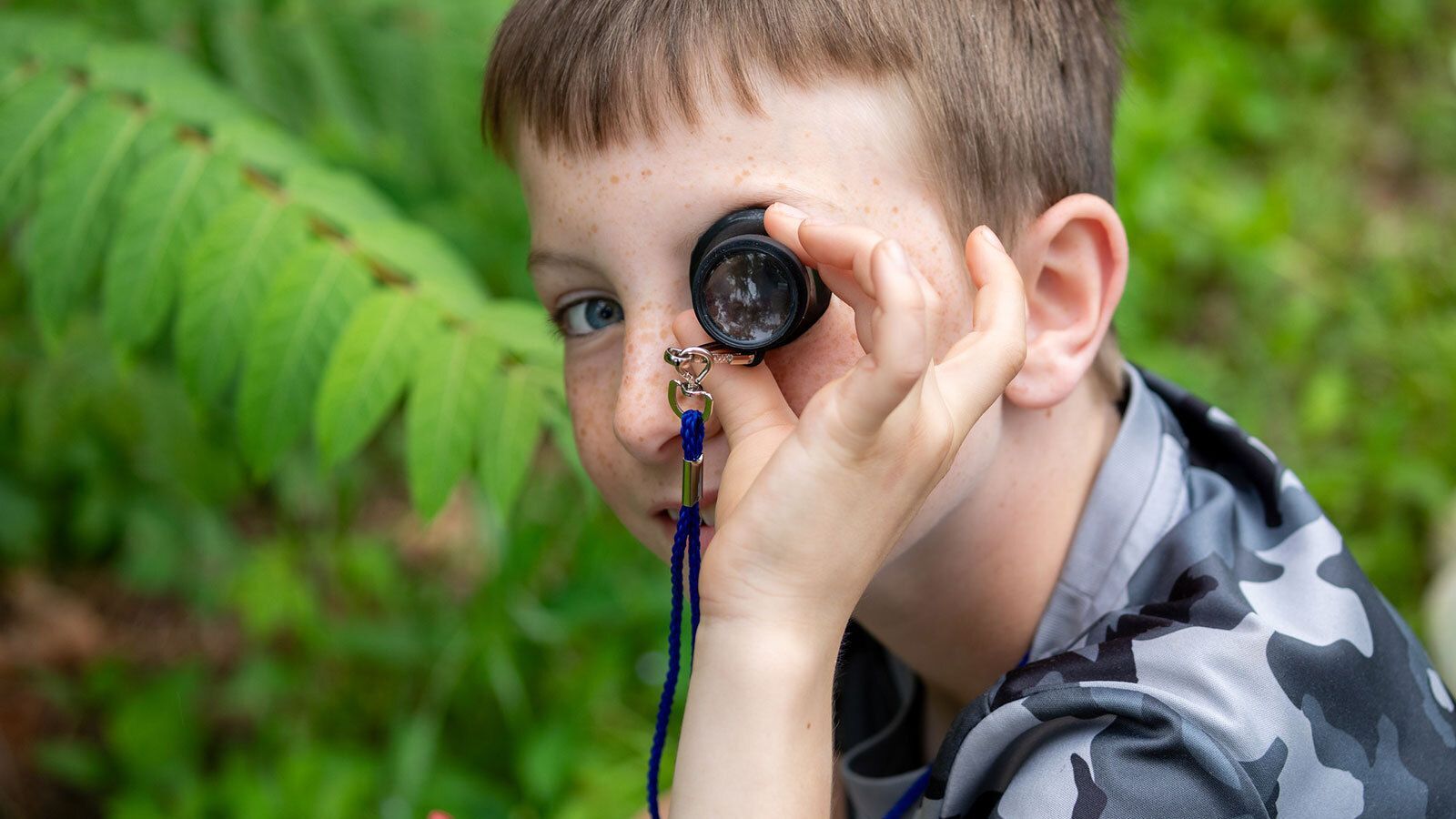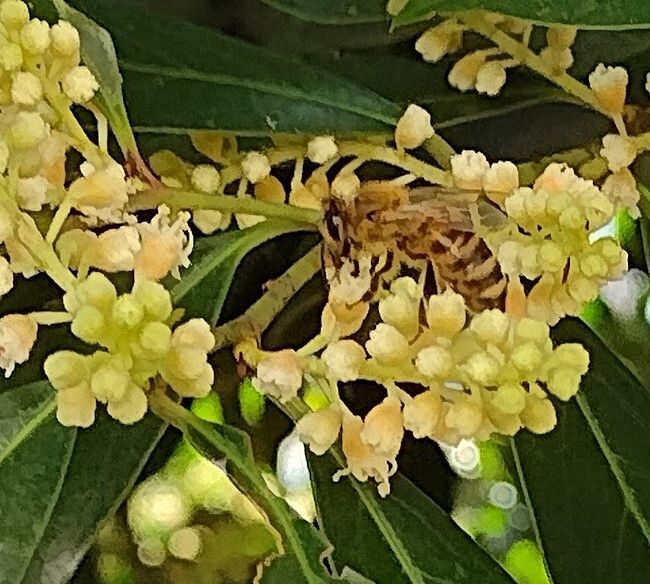Did you know that when a honey bee stings you, it usually dies? That’s right—so the honey bee really doesn’t want to sting you. And did you know that only female honey bees have stingers? Well, now you do!
While bumble bees can also sting (and survive), they’re pretty docile and really don’t want anything to do with us. So why does the honey bee die, but the bumble bee doesn’t? The honey bee has barbs on its stinger, unlike most other bees, which causes part of its body to be ripped off when it flies away. Kind of disgusting, but that’s how Mother Nature works.
Welcome to the fascinating world of bees, one of our most misunderstood underdog species. And while honey bees are not native to the United States, the European honey bee is one of our biggest pollinators. Interesting, right?
What is a Pollinator?
Bees are our most important pollinators. Ok, let’s back up. What exactly is a pollinator? Well, when an insect or other animal moves from flower to flower in search of food, they transfer pollen (the yellow stuff) between the flowers. This fertilizes the plant, enabling it to produce baby plants.
Are bees the only animals that pollinate? Nope! Many other insects and animals also pollinate. Can you name a few? How about bats, flies, lizards, hummingbirds, and butterflies? They are all pollinators!
What do bees pollinate?
Bees pollinate many of the fruits and vegetables we eat. In fact, nearly one-third of all the fruits and vegetables in our diet rely on bee pollination—apples, watermelon, peppers, blueberries, and almonds, to name just a few.
They also pollinate many of our native plants, which provide the berries and nuts that wildlife depend on. Birds like thrushes and cardinals, as well as bears, opossums, and nearly all wildlife, eat food that has been pollinated by bees. Even cows rely on alfalfa that’s pollinated by bees.
A world without bees would be a much less vibrant and healthy place. To learn more about bees' essential role in pollination and how these incredible creatures work, check out our blog Amazing Pollinators in the Garden.
How do bees help baby birds?
And by pollinating our native plants, pollinators make baby birds possible. What? Why is that? Baby birds generally only eat caterpillars when they are firstborn. And caterpillars for the most part only eat native plants.
No native plants, no caterpillars, no baby birds and that would be very sad indeed!
Bees as pollinators and a million questions!
So now I have a million questions. Why do bumblebees buzz? They are producing a sound wave to shake the pollen off of a flower onto their bodies. Pretty clever!
How do you tell a carpenter bee from a bumble bee? Now this is pretty cool: a carpenter bee has a shiney hiney and a bumble bee has a fuzzy butt. This is one of our favorite fun facts to share about them at our pollinator programs!
What about how they know which flower has nectar? Ah, they have an amazing sense of smell, even better than sniffer dogs. In some studies, bees have been trained to detect explosives and even diseases in humans. So finding a flower is easy. Way cool!
Where do bees go in the winter?
And where do they go in the winter? Many native bees overwinter in small holes in the ground, in piles of dead leaves or in the woody stems of dead flowers.
Honey bees hunker in their hive during the colder months with a typical hive having 50,000 bees. In the hive, the entire community of bees work together. Each bee inherently understands the health of the hive is based on communal work, not the individual bee. A great example for all of us humans. We are all connected on this planet and can accomplish a lot more by working together. But you already knew that.
Here’s an interesting statistic: It takes honey bees 55,000 flight hours to make just one jar of honey.
But the coolest thing about honey bees is their dance. It’s called the "waggle," where they dance in a figure-eight pattern to tell their co-worker bees where to find food. Can you imagine people trying to communicate through a waggle dance? Not sure it would work so well—bees are wild!
How can you help our bees?
Leave leaves in your yard in the winter, limit the use of pesticides, or better yet, don’t use them. Pesticides kill all the bugs, not just the ones you don’t want.
And plant native flowers. Look for plants like milkweed, coneflower, asters, and native grasses. With over 3,900 native plants in NC, you can surely find some you like. And remember, you will be helping the bees and other pollinators, plus all those baby birds! Buzz, buzz.


